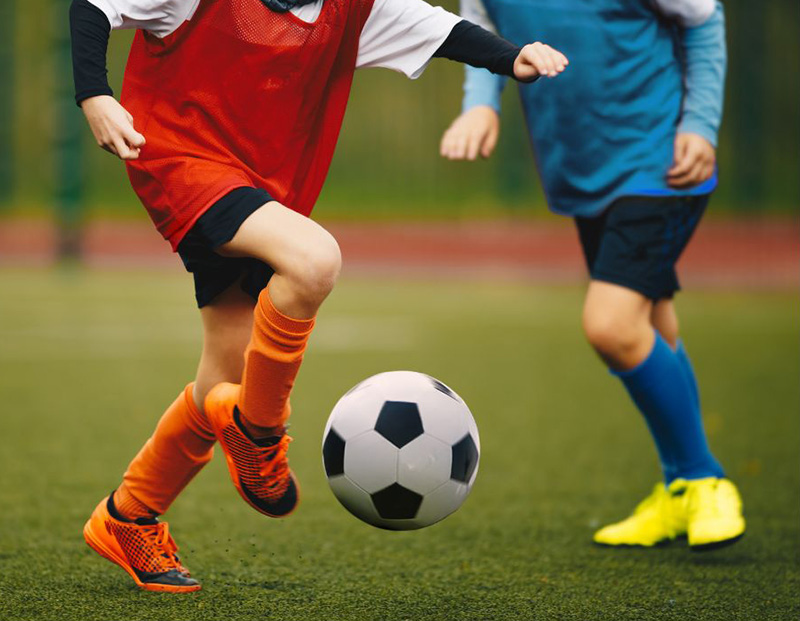Submitted by CAPITAL ORTHO

Sports specialization is the act of participating in and/or training for a single sport year-round. With increasing numbers and popularity of travel leagues for youth sports, sports specialization is becoming more common for young athletes. A growing number of coaches, parents and children believe that to become a superior athlete, they must play one sport from an early age year-round. The pursuit of sports scholarships and professional contracts is a primary factor driving sports specialization at an early age.
What are the effects of sports specialization?
Sports specialization in youth athletes is an evolving health issue. It may lead to physical, mental and psychosocial harm such as injury, illness and burnout. These detrimental effects may result in the athlete lacking the ability or desire to participate in sports as an ongoing lifestyle choice.
Overtraining syndrome, or “burnout,” is the result of repeated, strenuous training sessions without adequate rest to allow for proper recovery. Overtraining syndrome is characterized by a decrease in performance, chronic muscle or joint pain, lack of enthusiasm about practice, and personality changes. Overtraining syndrome could last for several months and could ruin an athlete’s career.
A study by the University of Wisconsin School of Medicine and Public Health included more than 1,500 high-school athletes and found that those who specialized in one sport were twice as likely to report a lower extremity injury as compared to those who played multiple sports.
Is early sports specialization necessary to play college sports?
No! According to a study that analyzed more than 300 NCAA Division I athletes from 19 different sports, 45 percent of athletes played multiple sports until they were 16. Only 17 percent specialized by age 12 or younger, and those were athletes from tennis, swimming and fencing.
On average, team sport athletes specialized at age 15.5, and individual sport athletes specialized at 14. College coaches have also reported that they prefer multiple sport athletes because they perceive them to perform better at the intercollegiate level.
What are the benefits to playing multiple sports?
Participating in multiple sports allows athletes to work different muscle groups and have the chance to take part in activities that target both strength and endurance. It helps to develop overall athleticism and physical literacy. Developing the fundamental movement skills required for all sports is the key to athletic success. Focusing on strength, power, endurance, agility, balance and coordination should be done prior to developing more sport-specific skills.
Recommendations
The National Athletic Trainer’s Association’s official statement was in support of the following recommendations relating to the health and wellbeing of adolescent and young athletes:
Delay specializing in a single sport for as long as possible. Adolescent and young athletes should strive to participate in, or sample, a variety of sports. This recommendation supports general physical fitness, athleticism and reduced risk of injury.
One team at a time. Adolescent and young athletes should participate in one organized sport per season. Many adolescent and young athletes participate or train year-round in a single sport, while competing in other organized sports simultaneously. Total volume of organized sport participation per season is an important risk factor for injury.
Less than eight months per year. Adolescent and young athletes should not play a single sport more than eight months per year.
No more hours/week than age in years. Adolescent and young athletes should not participate in organized sport and/or activity more hours per week than their age (i.e., a 12-year-old athlete should not participate in more than 12 hours per week of organized sport).
Two days of rest per week. Adolescent and young athletes should have a minimum of two days off per week from organized training and competition. Athletes should not participate in other organized team sports, competitions and or/training on rest and recovery days.
Rest and recovery time from organized sport participation. Adolescent and young athletes should spend time away from organized sport and/or activity at the end of each competitive season. This allows for physical and mental recovery, promotes health and wellbeing, and minimizes injury risk and burnout/dropout.
Source: National Sports Medicine Institute

